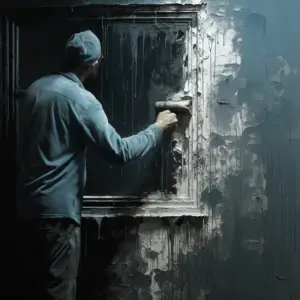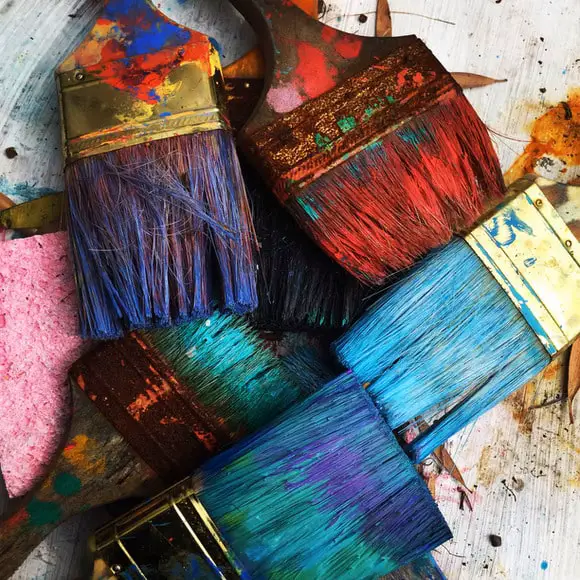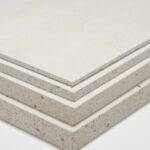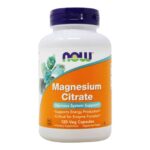Since concrete is porous by nature, it is sensitive to moisture. As a result, moisture can cause mold development, cracking, bubbling, and even shorten the lifespan of surfaces.
Fortunately, there is a way to avoid all of these problems. That’s with the help of Drylok paints. Drylok paints are specifically intended to protect surfaces subjected to moisture regularly. Nevertheless, is it possible to paint over Drylok?
Drylok is a special type of paint manufactured by the Gilson Laboratories based in the United States. The special thing about Drylok is that when applied over a surface, for example, a concrete block, brick or any other similar material, it blocks moisture from going through the surface to cause serious property damage.
Table of Contents
Can You Paint Over Drylok?

Typically, Drylok as the special line of paint is ideal for the foundation, basements, or areas always prone to excessive moisture. Drylok comes in a handful of colors. Once you’ve bought one product, you don’t need other additional paints. However, you can paint over the Drylok with latex or acrylic paints when the underlying coating has dried.
With such said, does it simply mean you can paint over the Drylok? Yes, you can paint over Drylok. Latex or acrylic paints are typically used to paint over Drylok. However, you will only paint over Drylok once the base layers have dried.
Remember that Drylok paint is not always used in wood or metallic materials. If you try applying Drylok over the wood or metal surface, the paint won’t hold up well as you expect in brick and concrete blocks.
Can You Apply Drylok Over The Old Paint?
Drylok creates a solid surface by filling the pores of the stonework as it expands. You are allowed to paint Drylok over pre existing paint, but the chemicals will not prevent moisture from penetrating the surface.
Can You Apply Drylok over the Existing Drylok?
Yes, if the old Drylok is in paintable condition, you can apply Drylok over it. Nonetheless, please resist the urge to paint over the old Drylok before it has entirely dried. You can use either concrete paint or the masonry weatherproof to recoat it.
How Many Coats of Drylok Do I Need?
Two coats of Drylok are adequate for complete coverage and waterproofing. Before applying the second coat, make sure the first coat is dry to the touch. The layers should ideally be applied using a paint brush or a roller.
In some cases, if you examine and find any leakage after two applications, you can still apply a third coat. That helps in closure of pores that were left open by the earlier coats.
Is Drylok Associated With Mold?
Mold grows with the aid of the chemical additives added to Drylok because they provide a good feeding store. As a result, when Drylok is applied over a surface, mold has a lot of food.
Since Drylok paint is widely used on basement walls, constant wetness dripping down the walls favors mold growth- the mold evolves at a faster rate.
To stop mold growth after using Drylok, you need to apply a mold-killing primer coat to the area with mold traces.
Is Drylok A Good Paint?
Mold growth, fissures, and bubbles over the concrete surfaces may be extremely difficult to deal with. The cumulative effect of such problems compromises your surroundings’ structural integrity and causes serious health problems.
Fortunately, the Drylok paints can alleviate these limitations. Over the years, the special product line of Drylok has built a solid reputation for producing flawless results.
Drylok paint can easily enter solid surfaces and expand into the non-porous barriers. Unlike traditional paints, which adhere weakly on the superficial surface and can peel off when subjected to high water pressure, Drylok is a benefit you can bank on for years.
What Is The Durability Of Drylok?
This is the most frequently asked question about Drylok paints. Well, the durability of Drylok is determined by how well you use it. Using it according to the instructions will last over ten years, even in the most extreme conditions.
The Drylok extreme waterproofer, for example, can withstand 15 years of heavy traffic, whereas the Drylok floor and wall waterproofer has a seven-year warranty.
Surprisingly, there is no time limit on the duration of Drylok paint. It can either exceed the recommended limit or fade away due to poor preparation.
How Do You Prepare The Walls and Floor for Drylok?

Drylok paint may be used to prevent moisture from penetrating your walls. The paint acts as a deterrent to encroaching water and a breeding ground for mildew and mold. However, before applying the Drylok, you must first prepare the walls.
In the preparatory phase, you need to ensure good Drylok concentration and thorough planning on how you will apply the paint. Don’t ignore the step of wall preparation because moisture might be a problem in the long run.
According to reports, vinegar destroys a large percentage of mold. Cleaning your walls using vinegar, on the other hand, will not seal the porous spaces in your walls, preventing mold from returning.
Use a wire brush to remove paint, dust, and grime from the wall’s surface. If you use a wire brush, remember to wear a dust mask to avoid inhaling loose particles.
The Drylok will not cling to the surface until the walls are cleaned with a wire brush. Therefore, you should consider removing any remaining powdery particles from the surface before picking the paintbrush.
However, put on your gloves and safety eyewear before continuing. After that, apply a light layer of Etch to the wall to prepare it for painting. Allow the walls to completely dry after that. These steps will prepare your wall surfaces for Drylok painting.
Final Thoughts
Is it Possible to Paint over Drylok? Yes, you can paint over Drylok. Painting over Drylok necessitates meticulous preparation and the use of the proper equipment. For best results, paint on a day when it isn’t raining.
As you can see, painting over Drylok is not as tough as you may think. However, it necessitates thorough cleaning of the area to remove dirt and dust. After that, you may wish to use a Drylok quick plug to fill the gaps on the surface. Two Drylok coats are enough.
Taking your time to do the proper thing is the most important component of the entire procedure. You don’t have to rush because you won’t obtain the best result.
In addition, don’t skip any steps ranging from planning and cleaning to mixing. Failure and a slew of other problems will ensue if you skip the preparation stage. So, if you’re not comfortable with the steps, get a professional to do it for you.


